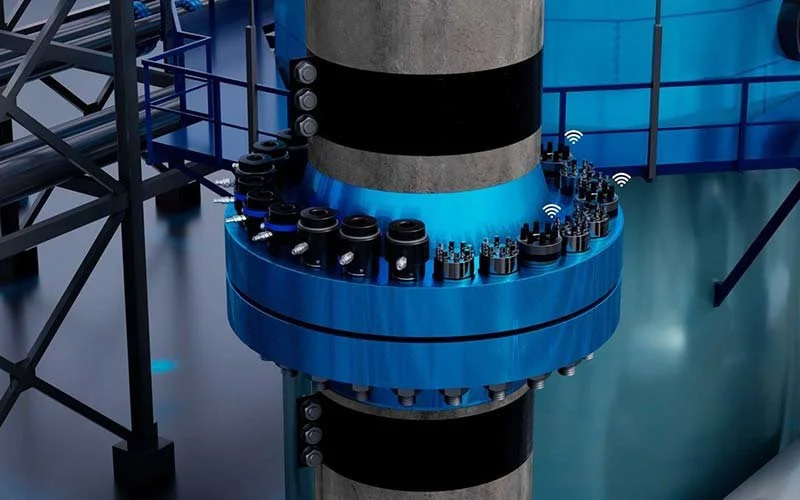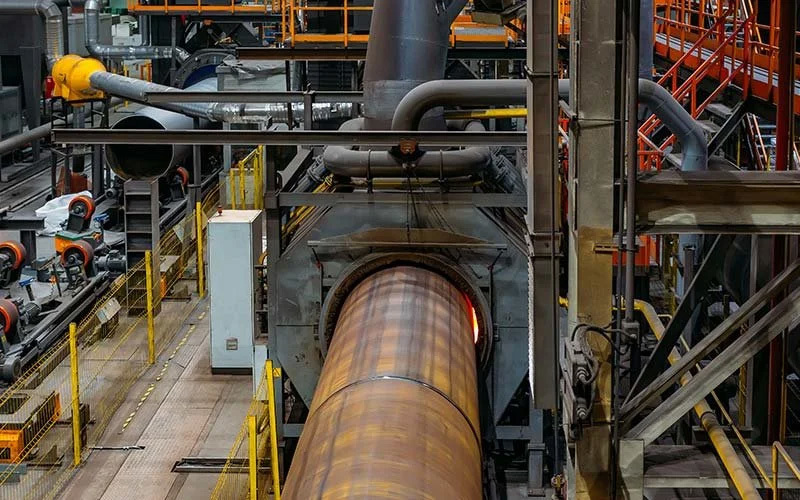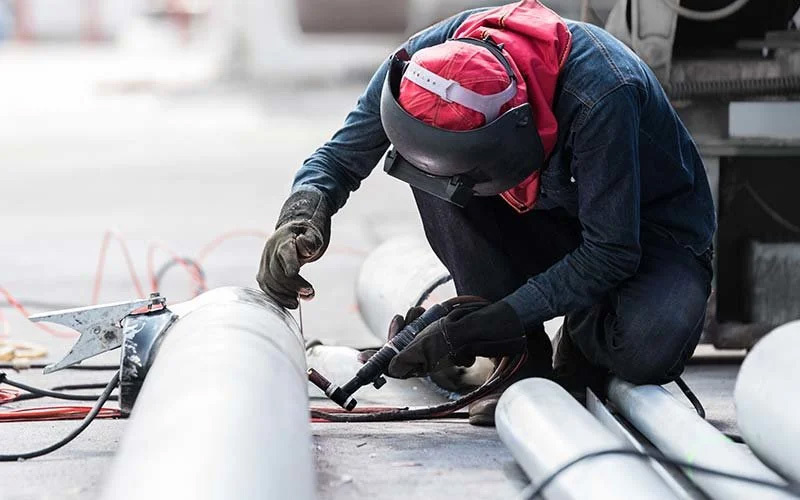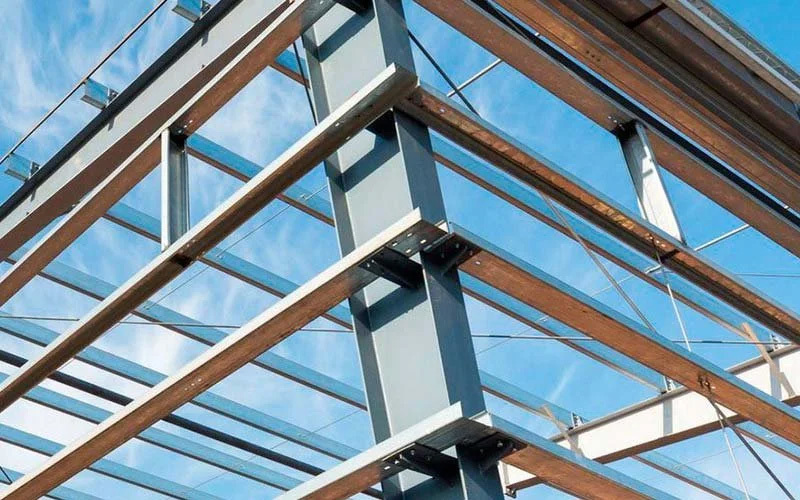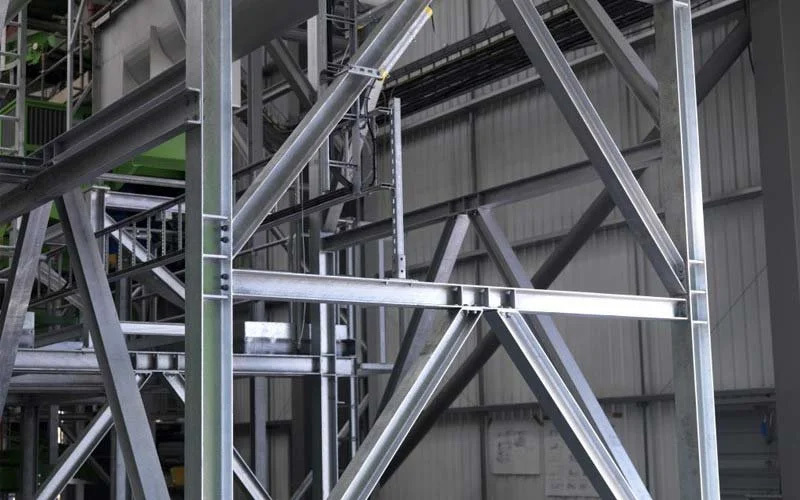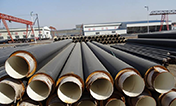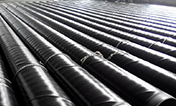Common knowledge of flanges: general methods and steps for reading drawings
In the production of flanges, it is necessary to frequently contact various drawings, and use views, sectional views, and sectional views to show the internal and external structure of the flange; the outline size and transformation of each part. Reading drawings is the basic requirement of flange manufacturers for employees.
Label:
2023/03/10
What kind of problems exist in processing stainless steel flanges and how to solve them?
Weld defects: The weld defects of stainless steel flanges are serious. If manual mechanical grinding is used to make up for it, the resulting grinding marks will cause uneven surfaces and affect the appearance; uneven passivation of grinding and polishing: manual grinding and polishing After pickling and passivation treatment, it is difficult to achieve a uniform and consistent treatment effect for workpieces with large areas, and it is impossible to obtain an ideal uniform surface. It also has the disadvantages of working hours and high cost of auxiliary materials;
Label:
2023/03/10
What are the anti-corrosion pipeline materials and what are their uses
The materials used for pipeline anti-corrosion are directly related to the quality of pipeline anti-corrosion. Therefore, when anti-corrosion is carried out, the raw materials must pass the test. Different anti-corrosion materials require different raw materials. 1. The main raw materials used in 3PE anticorrosion are polyethylene and polypropylene. 2. Epoxy resin anticorrosion mainly uses epoxy resin composite material coating, phenolic epoxy coating and polymer composite material.
Label:
2023/03/10
Straight seam steel pipe requirements
Welded steel pipes should be subjected to mechanical performance test, flattening test and flaring test, and must meet the requirements of the standard. The steel pipe should be able to withstand a certain internal pressure. If necessary, carry out a 2.5Mpa pressure test and keep it for one minute without leakage.
Label:
2023/03/10
In recent years, with the rapid advancement of urbanization, the number of buildings and construction areas have increased significantly, which has brought enormous pressure on the environment and resources. my country has announced to the world that it will strive to achieve carbon peaking by 2030 and carbon neutrality by 2060. Therefore, how to achieve sustainable development in the construction industry is very important, and "green construction" came into being.
Label:
2023/03/10
Construction method of steel support
Before the excavation of the foundation pit, a sufficient number of steel pipe supports, flexible heads, brackets, wire ropes and other materials should be prepared on site. After the steel pipe support enters the site, the quality of the steel pipe should be carefully checked in strict accordance with the design requirements and relevant normative standards, and unqualified support materials are strictly prohibited from being put into use. Steel pipe support: φ609 welded steel pipe with a wall thickness of 16mm. Both ends are connected by steel flanges with a diameter of 750mm.
Label:
2023/03/10
Common anti-corrosion steel pipe anti-corrosion process
Anti-corrosion steel pipe refers to steel pipes that have been processed by anti-corrosion technology, which can effectively prevent or slow down the corrosion phenomenon caused by chemical or electrochemical reactions during transportation and use. However, we still don’t know all kinds of anti-corrosion steel pipe anti-corrosion methods and processes.
Label:
2019/08/26
3PE anti-corrosion steel pipe anti-corrosion layer thickness standard
SY/T 0413-2002 Technical Standard for Polyethylene Anti-corrosion Coating of Buried Steel Pipeline Economic benefits, this standard is specially formulated. This standard applies to the design, production and construction acceptance of extruded polyethylene anti-corrosion coatings for buried steel pipelines. The extruded polyethylene anti-corrosion coating can be divided into normal temperature type (N) whose long-term working temperature does not exceed 50°C and high-temperature type (H) whose long-term working temperature does not exceed 70°C. Extruded polyethylene for buried steel pipes
Label:
2019/08/26







